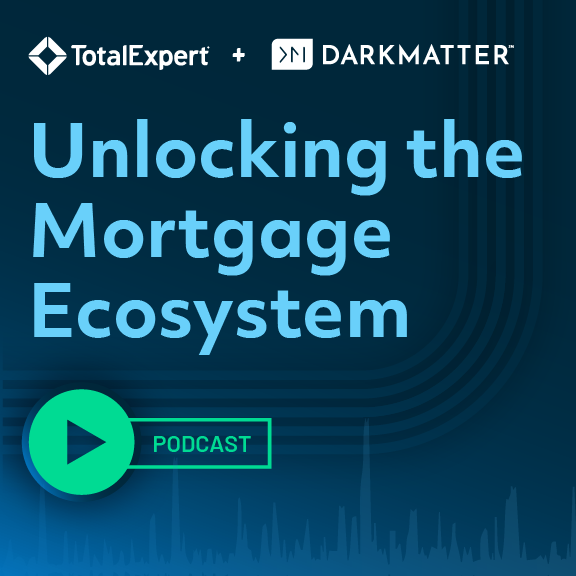Advertising on third-party websites and buying leads are both common practices for top producers, but it seems the lines of right and wrong have started to blur. As Mitch Kider, Managing Partner at Weiner, Brodsky, Kider PC says, don’t get lazy about it – do it right and stay compliant.
The Skinny on Third-Party Website Advertising
Third-party websites and portals are trying to meet the industry’s evolving needs, including: buying and selling leads, marketing, co-marketing, single- and multi-property websites, and CRM systems. The biggest challenge with these types of sites is use of the site in combination with another settlement service provider, especially one who is a referral source. Kider says there is nothing wrong with co-marketing, as long as you do it right.
So, how can loan officers (LOs) co-market on third-party websites and portals?
- The challenge with third-party websites is if they aren’t open to everyone, someone is acting as a gatekeeper. For example, on certain such websites, the only way a Realtor can gain access to the particular site is via invitation from an LO. In this scenario, the LO has given the Realtor something of value and if this is pursuant to an agreement that the Realtor will refer business back to the LO, you now have a RESPA Section 8 violation. In these types of situations, the LO is likely going to invite Realtors who have partnered with them or done something for them. Kider believes these third-party sites should open their doors and allow access to anyone to eliminate the risk of these types of violations. Until that happens, lenders should approach these types of websites and relationships with caution.
- The Consumer Financial Protection Bureau (CFPB) is concerned with advertising that the consumer will potentially view as a referral. For example, if a lender advertises on a Realtor website, the advertisement must clearly be marked as an advertisement. Paid advertisements can’t say “preferred lender” or anything similar. If an advertisement were to say “Use my preferred lender,” now the lender is paying for the endorsement, not just the advertisement.
- The best way to determine fair market value for advertising is a combination of impressions and pro-rata share. Ask yourself: How many people are going to see this ad? In addition, if you’re co-marketing, the Realtor and LO should pay for their pro-rata share of the advertisement and cannot defray the other party’s costs. Both parties should pay their reasonable fair market share of the ad based on impressions, size of the ad and their pro-rata share of the total ad costs, among other potential factors.
Lead Buying vs. Referrals
It is important to first define lead buying: When you purchase a lead, it is not a referral, you are buying basic information about a lead who may be interested in purchasing a product you are selling. Purchasing leads is fine.
However, and this is where the line is getting blurred a bit – you cannot pay for a lead if the party that is selling you the lead also tells the lead that you are a great lender and they should use your services. Then youare not purchasing a lead, you are purchasing a referral.
To avoid this blurred line, lenders and LOs should not mix lead-sale agreements with marketing, desk rentals or anything else along these lines. Keep the line clear and easy to explain to a regulator.
Purchasing leads has been very effective and will continue to be very effective, but do not get lazy about it – if you buy a lead, it is the LO’s job to go out and win the business themselves, not to pay someone to recommend them.
The Lesson: Do Not Get Lazy
Advertising on third-party websites and lead buying are perfectly fine in the mortgage industry. The key is to not get lazy about it – do it right and do not let the lines get blurred.


